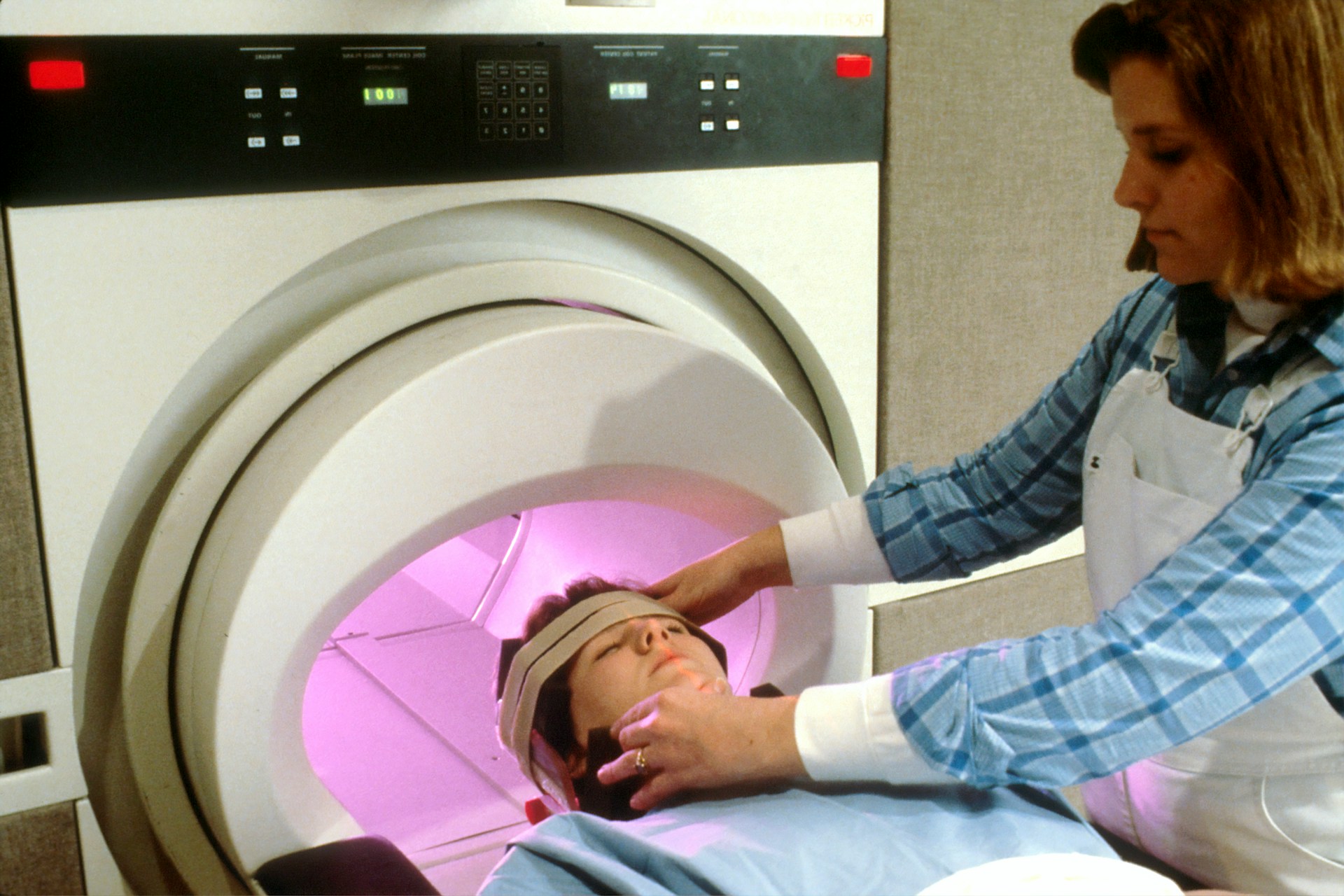In recent years, the field of neuroscience has witnessed remarkable advancements in our understanding of the brain’s intricate workings and its potential for transformation. One emerging technique that has garnered significant attention is neurofeedback. Neurofeedback, also known as EEG biofeedback or brainwave training, is a non-invasive therapeutic approach that aims to optimize brain function and improve mental well-being. In this comprehensive guide, we’ll explore the principles, applications, and benefits of Neurofeedback in Dallas, shedding light on its transformative potential for individuals seeking to enhance their cognitive performance and emotional well-being.
Understanding Neurofeedback
Neurofeedback involves the real-time monitoring of brainwave activity using electroencephalography (EEG) sensors placed on the scalp. These sensors detect and record electrical signals produced by neurons in the brain, which are then analyzed and displayed in the form of visual or auditory feedback. Through this process, individuals gain insight into their brainwave patterns and learn to regulate and optimize their brain function.
How Neurofeedback Works
During a neurofeedback session, individuals are presented with visual or auditory feedback based on their brainwave activity. For example, they may observe a video or listen to music that changes in response to fluctuations in their brainwave patterns. Through repeated exposure to this feedback, individuals learn to modulate their brain activity consciously, leading to improvements in various cognitive and emotional functions.
Applications of Neurofeedback
Neurofeedback in Dallas has been applied to a wide range of conditions and goals, including:
Attention Deficit Hyperactivity Disorder (ADHD): Neurofeedback has shown promising results in helping individuals with ADHD improve attention span, impulse control, and overall cognitive function.
Anxiety and Stress Management: By promoting relaxation and reducing physiological markers of stress, neurofeedback can be effective in alleviating symptoms of anxiety and stress-related disorders.
Depression: Neurofeedback has been used as a complementary therapy for individuals struggling with depression, helping to regulate mood and promote emotional resilience.
Peak Performance Training: Athletes, musicians, and professionals seeking to optimize their performance can benefit from neurofeedback by enhancing focus, concentration, and mental clarity.
Traumatic Brain Injury (TBI) and Concussion: Neurofeedback has shown promise in supporting recovery from brain injuries by promoting neuroplasticity and facilitating neural repair processes.
Benefits of Neurofeedback
The benefits of neurofeedback are multifaceted and can vary depending on individual needs and goals. Some potential benefits include:
Improved Focus and Concentration: By training individuals to regulate their brainwave patterns, neurofeedback can enhance attention span, concentration, and cognitive performance.
Enhanced Emotional Regulation: Neurofeedback can help individuals manage their emotions more effectively, leading to greater emotional resilience and stability.
Reduced Symptoms of ADHD and Learning Disorders: Studies have shown that neurofeedback can reduce symptoms of ADHD and learning disorders by improving attention, impulse control, and academic performance.
Better Sleep Quality: Neurofeedback can promote relaxation and reduce hyperarousal, leading to improvements in sleep quality and overall well-being.
Stress Reduction: By modulating brainwave patterns associated with stress, neurofeedback can help individuals achieve a state of calmness and relaxation, reducing the physiological and psychological effects of stress.
The Neurofeedback Process
A typical neurofeedback session begins with a comprehensive assessment to identify individual needs and goals. EEG sensors are then placed on the scalp, and brainwave activity is monitored while individuals engage in specific tasks or activities. Feedback is provided in real-time, allowing individuals to learn how to modulate their brain activity consciously. Over time, through repeated practice and reinforcement, individuals develop greater control over their brainwave patterns, leading to lasting improvements in cognitive and emotional functioning.
Considerations and Precautions
While neurofeedback is generally considered safe and well-tolerated, it’s essential to work with qualified professionals who have expertise in the field. Individuals with certain medical conditions or neurological disorders should consult with their healthcare provider before undergoing neurofeedback treatment. Additionally, neurofeedback is most effective when combined with other therapeutic interventions and lifestyle modifications, such as exercise, nutrition, and stress management techniques.
The Bottom Line
Thus, neurofeedback represents a promising frontier in the field of neuroscience, offering a non-invasive and effective approach to optimizing brain function and improving mental well-being. By providing individuals with real-time feedback on their brainwave activity, neurofeedback empowers them to take an active role in shaping their cognitive and emotional health. Whether seeking relief from symptoms of ADHD, anxiety, or depression, or striving to enhance cognitive performance and emotional resilience, neurofeedback offers a personalized and holistic approach to brain optimization. As our understanding of the brain continues to evolve, neurofeedback holds immense potential for unlocking new possibilities in human performance, well-being, and self-discovery.
















